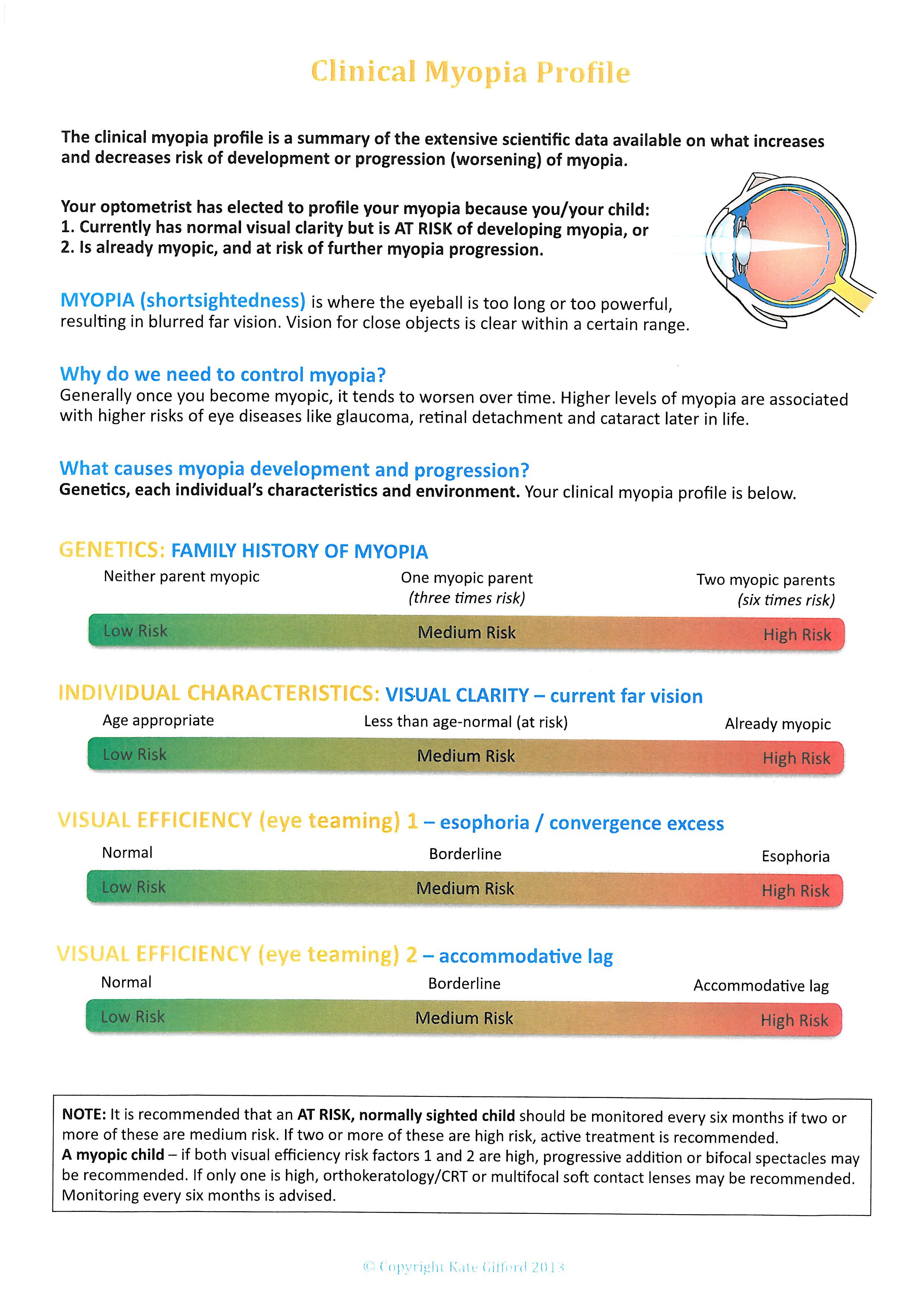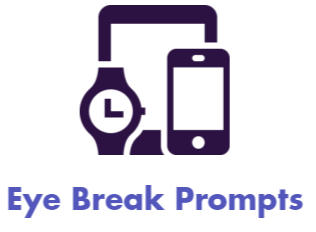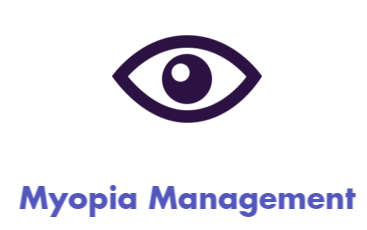There has been a significant onslaught in the use of technology by our children and teenagers, as the world around us becomes more reliant on screens, all of the time. Children are accessing screens at school, around the home, in the community and for personal entertainment at younger and younger ages.
At the same time, there has been an unprecedented increase in myopia (short sightedness) in children, with higher numbers and earlier age of onset. So is this correlation or causation? It’s seems sensible to blame the screens, but nothing is ever that simple. Increased screen time can be associated with more near work, more indoor time and less outdoor exposure.
Is myopia caused by screen time, or are they co-existing features of the modern visual environment? The increase in myopia rates occurred before the saturation of screens in society, with rates of short sightedness in East Asia increasing before the technology took hold. (1) Analysis has showed no significant association between screen time and myopia. But even when no statistical association was found, children who were myopic spent more time using screens.
We do know there is an association that children whom spend limited time outdoors, and more time at near have increased rates of myopia, and it may simply be that the screens have replaced other near work modes. (1) This could be supported by the fact that whilst screen time has dramatically escalated in children, the myopia rates, whilst increasing, have not exponentially exploded.
Part of the challenge to figure this out scientifically, is that to ascertain device usage, most studies use surveys and questionnaires. These immediately compromise the data, and are likely not as reliable as objective measures. Who wouldn’t down play the amount of time they spend on social media! A novel survey used data usage as an objective measure of time spent on the device, and correlated that to frequency of myopia.(2) They found a significant relationship between increased data usage and myopia - the myopes used almost twice as much data per day as non-myopes. As a cross-sectional study, the authors were unable to measure the impact of screen time on myopia progression, but they did find that more data usage co-existed with higher myopic refractive error.
How much are children actually looking at screens?
A Philadelphia study suggested that at age four, half of children had their own TV and three-quarters had their own mobile devices. (3) The data usage study suggested that teenagers dedicate double the time to smartphone use than they do to all other near work, and each younger age group spends more time in bed on the devices than the one before them. (2) I can confirm this one from personal observation in my own home! A 2011 study suggested 47% of children were spending more than two hours a day on screen time for entertainment, (4) and by 2019 that number had skyrocketed to 98% in the US! (5)
What advice should we be giving you?
When families pay attention to their media consumption and parents monitor their children’s digital access, the amount of screen time reduces along with positive improvements in sleep and school performance.(6) We know there is a protective effect of outdoor time on the onset of myopia, so it is sensible to recommend outdoor time away from any near activities.
The World Health Organization recommends at least 60 minutes of moderate to vigorous physical activity for school aged children per day, yet a UK survey found that three-quarters of UK children aged 5-12 years spend less time than this outside - which is less time spent outside than prison inmates! Shockingly, 20% of the children surveyed never play outside regularly. When it comes to myopia prevention, though, it’s not the physical activity that is the crucial element, it is likely the light exposure (7) - so to combine both benefits, this physical activity time can be undertaken outdoors.
Our advice:
Reduce screen time: the Australian Department of Health and the American Academy of Paediatrics recommend less than two hours per day of leisure screen time for school-aged children
Get at least 60 minutes of moderate to vigorous intensity physical activity: recommended by the World Health Organization for children aged 5-17 years
Be sun safe and protect from UV when outdoors: especially here in New Zealand.
Need more ideas and help? Check out these brilliant resources.
Close Work and Screen Time for Kids
How Much Time Should My Child Spend Outdoors
References.
1 Lanca, C. & Saw, S. M. The association between digital screen time and myopia: A systematic review. Ophthalmic & physiological optics : the journal of the British College of Ophthalmic Opticians 40, 216-229, doi:10.1111/opo.12657 (2020)
2 McCrann, S., Loughman, J., Butler, J. S., Paudel, N. & Flitcroft, D. I. Smartphone use as a possible risk factor for myopia. Clinical and Experimental Optometry n/a, doi:10.1111/cxo.13092
3 Kabali, H. K. et al. Exposure and Use of Mobile Media Devices by Young Children. Pediatrics 136, 1044-1050, doi:10.1542/peds.2015-2151 (2015)
4 Maniccia, D. M., Davison, K. K., Marshall, S. J., Manganello, J. A. & Dennison, B. A. A Meta-analysis of Interventions That Target Children's Screen Time for Reduction. Pediatrics 128, e193-e210, doi:10.1542/peds.2010-2353 (2011)
5 Madigan, S., Browne, D., Racine, N., Mori, C. & Tough, S. Association Between Screen Time and Children’s Performance on a Developmental Screening Test. JAMA Pediatrics 173, 244-250, doi:10.1001/jamapediatrics.2018.5056 (2019)
6 Gentile, D. A., Reimer, R. A., Nathanson, A. I., Walsh, D. A. & Eisenmann, J. C. Protective effects of parental monitoring of children's media use: a prospective study. JAMA Pediatr 168, 479-484, doi:10.1001/jamapediatrics.2014.146 (2014)
7 Read, S. A., Collins, M. J. & Vincent, S. J. Light Exposure and Eye Growth in Childhood. Investigative ophthalmology & visual science 56, 6779-6787, doi:10.1167/iovs.14-15978 (2015)












